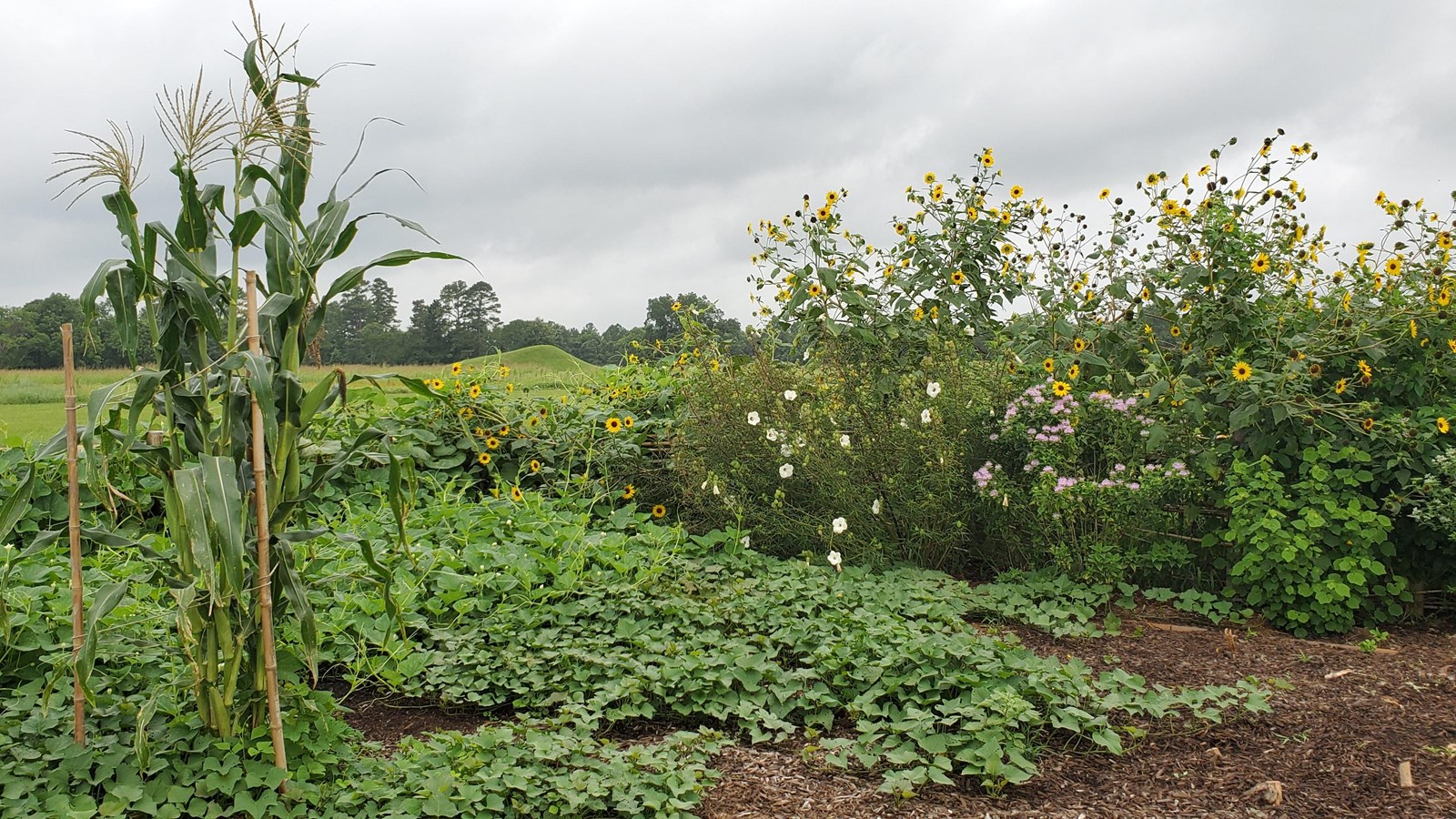Last updated: January 12, 2023
Place
Caddo Mounds State Historic Site

Photo/Rachel Galan
Historical/Interpretive Information/Exhibits
The Caddo Indians selected this site in the Neches River valley for a permanent settlement (a village and ceremonial center) about 800 AD, and for the next 500 years the Caddo dominated life in the region. The site was abandoned during the 13th century. After that time, the Caddo continued to live in the area and shared the culture of previous residents, but later groups lacked the sophisticated ceremonialism and material wealth characterized by earlier times. The Hasinai Caddo groups continued to live through the 1830s in their traditional East Texas homeland. By the early 1840s, all Caddo groups had moved west to the Brazos River area to avoid Anglo settlers who brought repressive measures and colonization efforts. Since the late 1850s, the Caddo have lived primarily in western Oklahoma.
Site Information
Location (1649 State Highway 21 west, six miles southwest of Alto, Texas)
The mounds sit low on the landscape, connected by a walking trail. A segment of the Camino Real wraps around the back of the site, through a thickly treed section above a swampy bayou.
